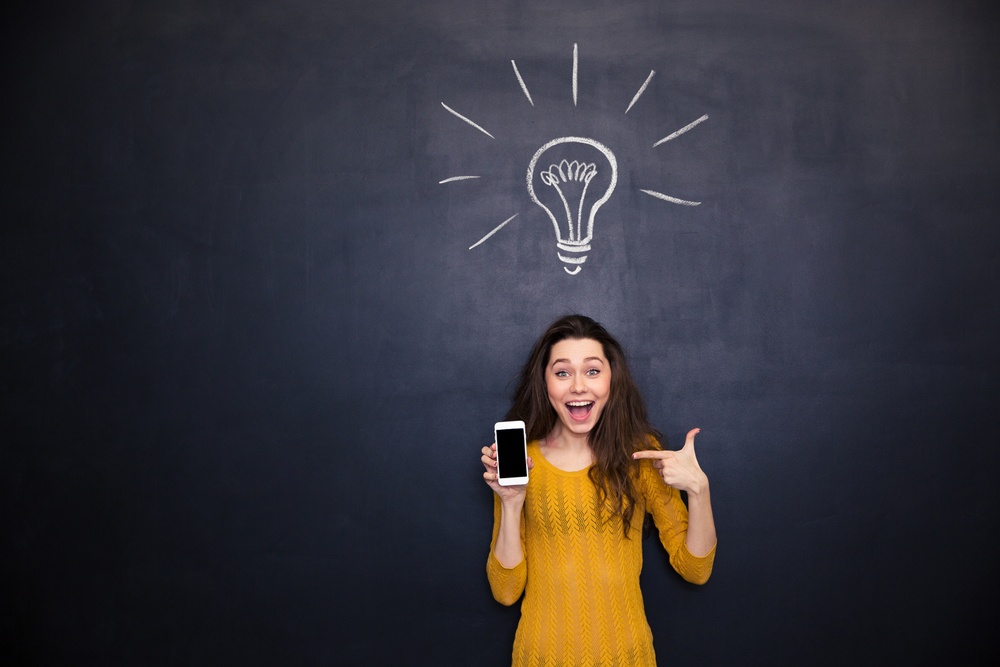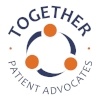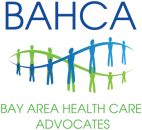 It's generally recommended that everyone with significant medical problems wear a medical ID bracelet. Unfortunately, these are limited to a few lines of information and many people need to communicate more critical information than a line allows. How can you utilize your phone for important health information?
It's generally recommended that everyone with significant medical problems wear a medical ID bracelet. Unfortunately, these are limited to a few lines of information and many people need to communicate more critical information than a line allows. How can you utilize your phone for important health information?
iPhone users have access to a great app called Health. Click on the Health app and then select "Medical ID" at the bottom right. You now have the ability to enter important information including your blood type and organ donation status, medical conditions, medications, surgeries, allergies, and emergency contacts. In my case, I've entered all information that is routinely asked at medical intake (preferred hospital, advanced directive information, doctors' names and addresses/phone numbers, dates of surgeries, hospitalizations and procedures).
Very important: At the top of the screen is a label "Emergency Access." I recommend turning on "Show When Locked," so that emergency personnel can access this information in event you are unconscious.
Important caveat: Your personal medical information will now be accessible to anyone who looks for it on your phone even when locked; so choose carefully what you'd like to be viewed, while still ensuring critical medical information can be seen.
Android users aren't so lucky. However, if using an android you can set up a "locked screen message" via Settings --> Security --> Lock Screen Message. [QUESTION: DOES ANDROID HAVE THE SAME "HEALTH" APP?]
Other options:
1) Set up a Google Doc that includes all of your information. You can create separate documents for other individuals for whom you're responsible, such as your children, mother, or spouse. This won't be available to emergency responders but is a good way to ensure you have access to information when you need it.
2) MyID is an inexpensive, waterproof option for medical bracelets that includes access to an app into which you enter all of your information. Emergency responders can access all of your information by calling them with the code inscribed on your bracelet. I've used this and like having access to family members' medical information through the app as well.
3) At a minimum, enter a contact on your phone titled "ICE" for "In Case of Emergency." First responders know to look for this entry. Unfortunately, it won't be available on a locked screen.
4) There is also a free app that is accessible on a locked screen. ICE Medical Standard for iPhone and ICE Standard for Android.
Some electronic medical records are now making key parts of your medical record available via iphone [QUESTION: IS THIS FOR IOS ONLY, OR ANDROID, TOO? SHOULD IT BE SMARTPHONE?]. For example, Sutter Health in Sacramento just unveiled the ability to link Sutter records to the Health app on IPhone. To do this, go to the Health app on your iPhone. Click on Health Records, search for "Sutter Health," and follow the prompts. This provides an easier way to see all records than the Sutter Health app--for example, all labs are shown in a scroll down fashion as opposed to the app in which labs must be individually selected.
These are a few ways in which you can make medical information readily accessible on your phone in case of an emergency. I'm sure there are other ways out there; drop me a line to let me know what works for you!



.gif?width=200&name=NAHAC-Member-Badge200x112+(1).gif)


